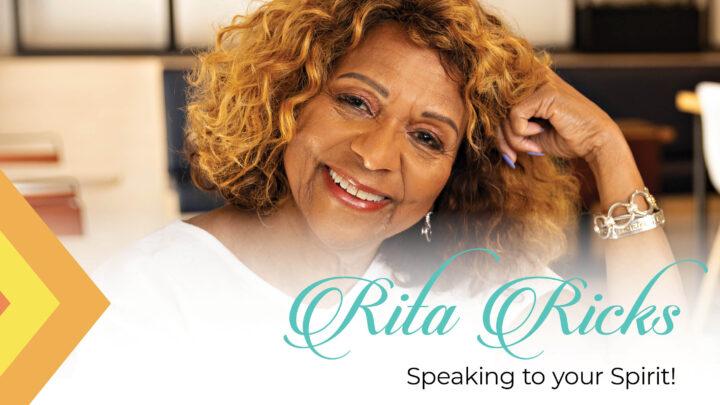From Grief to Growth: Discovering the Value Hidden Within Your Sadness
From Grief to Growth: Discovering the Value Hidden Within Your Sadness In a world that often encourages us to mask our pain with positivity, it’s easy to overlook the profound lessons that lie within our sadness. Grief can feel like an uninvited shadow, settling heavily on our hearts and minds, but what if buried beneath…

